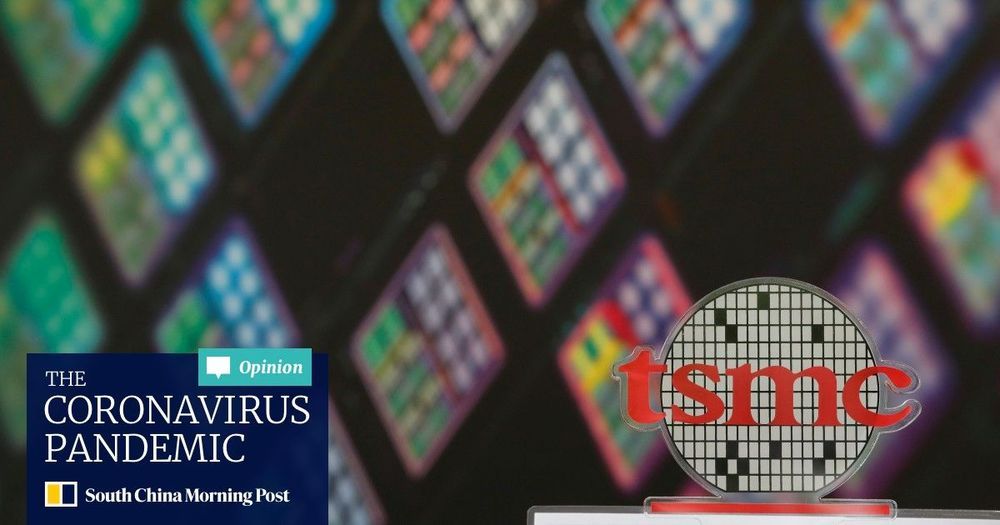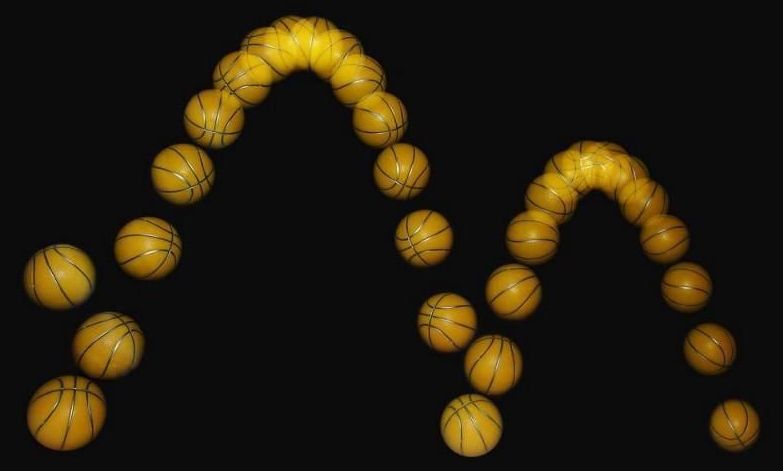Speaking requires both sides of the brain. Each hemisphere takes over a part of the complex task of forming sounds, modulating the voice and monitoring what has been said. However, the distribution of tasks is different than has been thought up to now, as an interdisciplinary team of neuroscientists and phoneticians at Goethe University Frankfurt and the Leibniz-Centre General Linguistics Berlin has discovered: it is not just the right hemisphere that analyzes how we speak—the left hemisphere also plays a role.
Until now, it has been assumed that the spoken word arises in the left side of the brain and is analyzed by the right side. According to accepted doctrine, this means that when we learn to speak English and for example practice the sound equivalent to ‘th,’ the left side of the brain controls the motor function of the articulators like the tongue, while the right side analyzes whether the produced sound actually sounds as we intended.
The division of labor actually follows different principles, as Dr. Christian Kell from the Department of Neurology at Goethe University explains: “While the left side of the brain controls temporal aspects such as the transition between speech sounds, the right hemisphere is responsible for the control of the sound spectrum. When you say ‘mother,’ for example, the left hemisphere primarily controls the dynamic transitions between ‘th’ and the vowels, while the right hemisphere primarily controls the sounds themselves.”
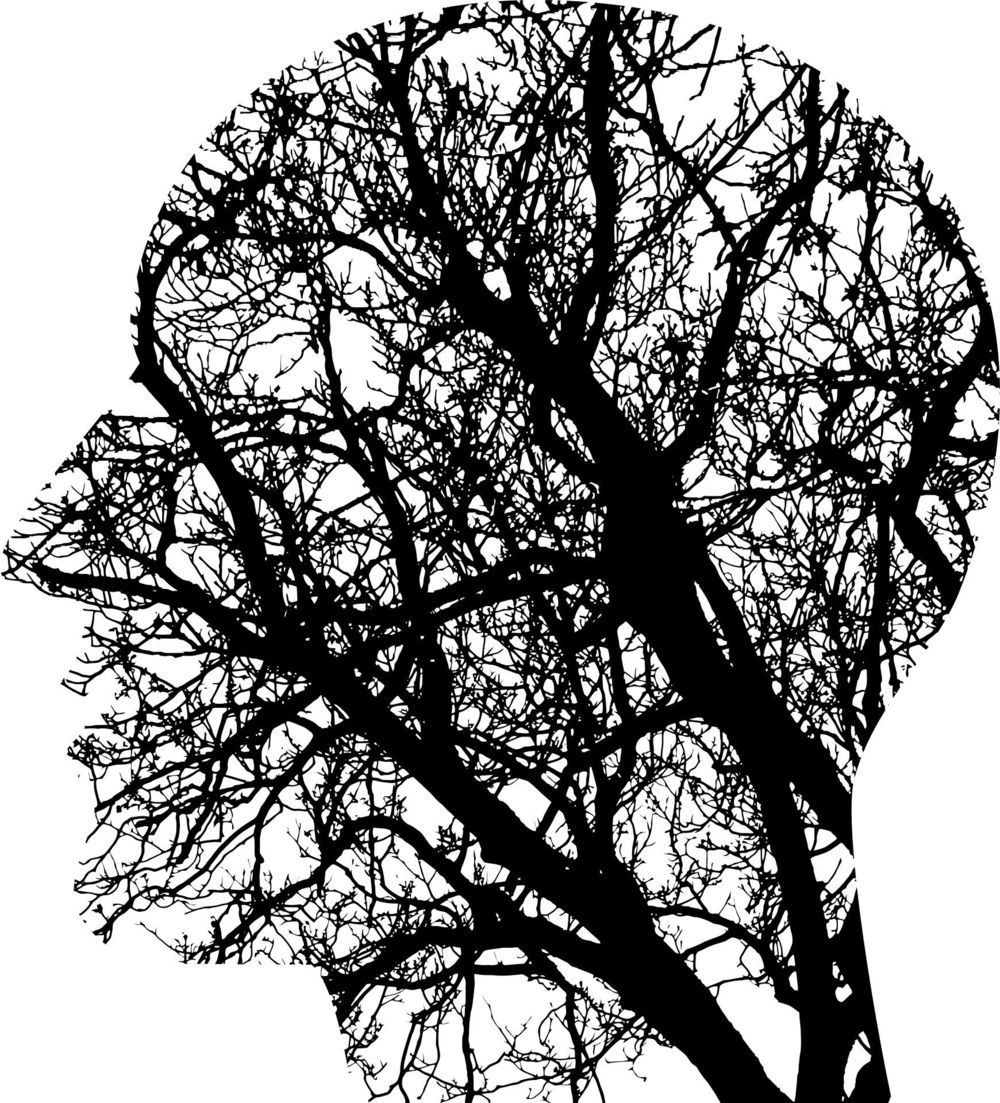


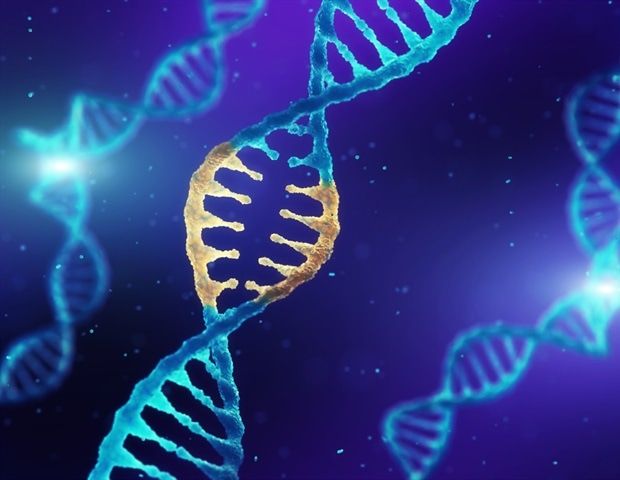
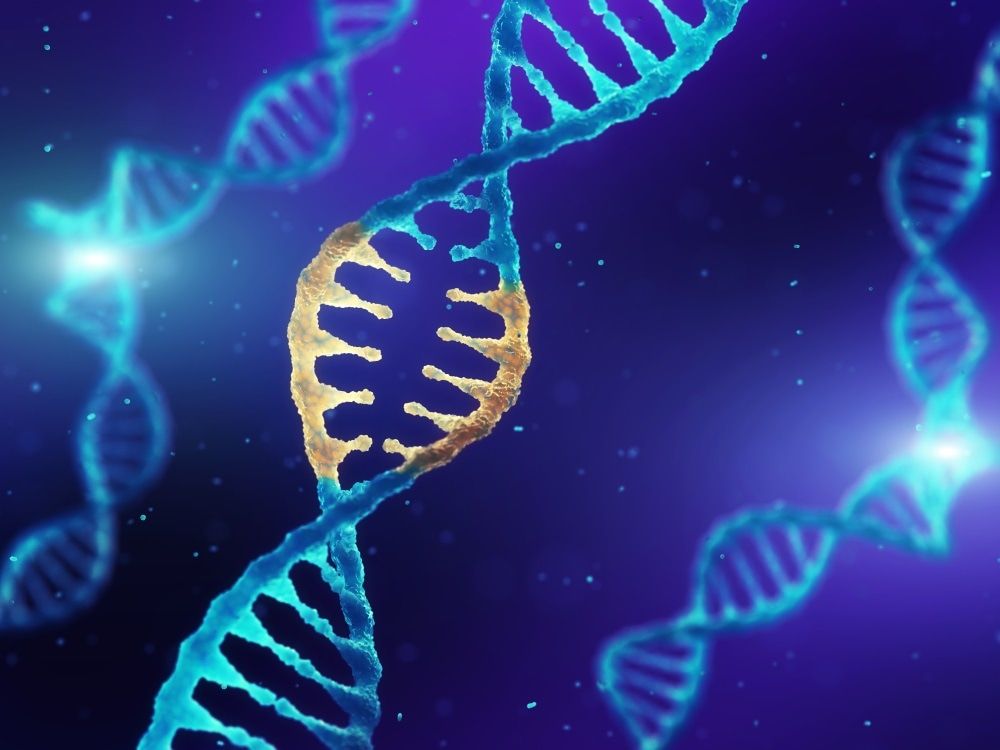 Image Credit: nobeastsofierce /
Image Credit: nobeastsofierce / 


